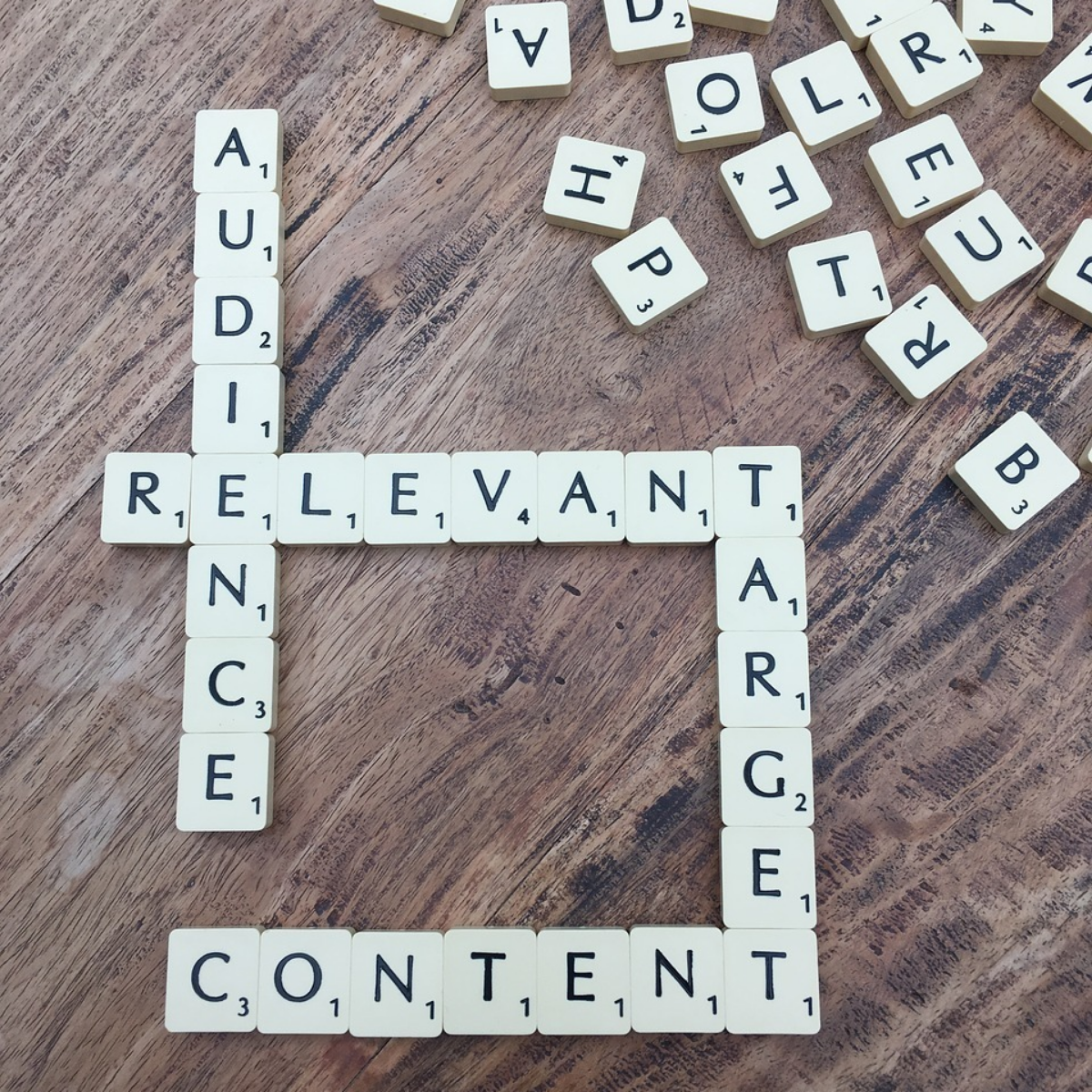A necessary step in every single marketing strategy that your business will execute is identifying who exactly your target audience is. Does your business sell a variety of products or services? Then this may be an even bigger job. Defining your target audience truly is the foundation to your marketing strategy of any kind. Consider this: the more accurately you can define your audience, the more closely you’ll be able to focus your advertising.
So, how exactly should you be identifying your target audience?
Compile Current Customer Data: A great first step in determining who is likely to buy from you is identifying who has already purchased from you in the past. What are the characteristics of your current customers? Age, location and spending habits are all important. Equally important though are the interests of the customers, the stages of life they are in and the reason that they are engaging with you in the first place. What need are you filling for these current customers? The answer to that question goes a long way in determining who your target audience has proven to be so far and who you should be focusing on in the future.
Check Your Analytics: Unless you are a business who has a handful of clients vs a large amount of one time customers, you may have a hard time putting together all the data you need to understand your current customers. Website and social media analytics can bridge those gaps in data. These analytics can tell you who is interacting with your brand, where traffic is being driven from and additional details like age, gender and location that you might not already know.
Study Up On the Competition: Who is your competition? Now, who is engaging with your competition? These people are potential customers. Studying the competition is a great way to identify your target audience and also to identify strategies that are working or that are failing. You can use the growth (or flops) of your competition to improve on and set your own business up for success.
Test Your Compiled Audience with Ads: Once you have a clear indication of who your target audience should be, you can put that audience to the test with targeted ads. A targeted ad includes plugging in all of the data you’ve collected such as age, location, gender and interests. It also goes beyond that. When you’ve identified your audience, you should go beyond plugging in the target of the ad to choosing ad images and text that also appeal to your intended audience. Set up ads from beginning to end with your target audience in mind. Watch the results and adjust accordingly.
Continually Re-Evaluate: As with most things in business, audiences change over time. Identifying a target audience is not a one time occurrence. Schedule time periodically to run through the same steps to refresh your audience. You want to be sure that you are staying ahead of the changes.
Audiences evolve over time. Your marketing approach should be evolving as well. What steps have been most valuable to you in identifying your target audience? Comment below!





